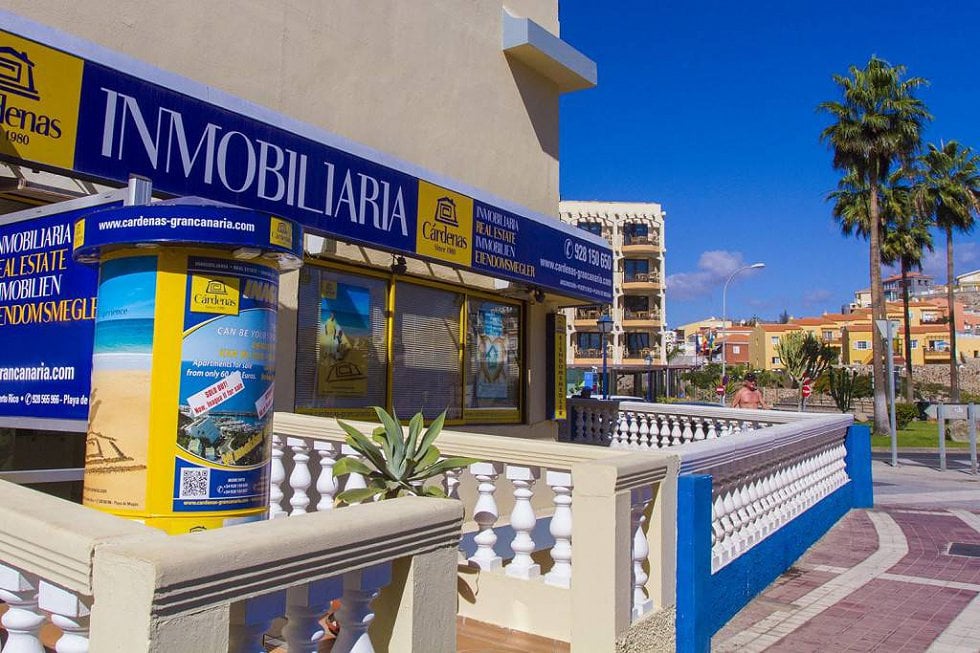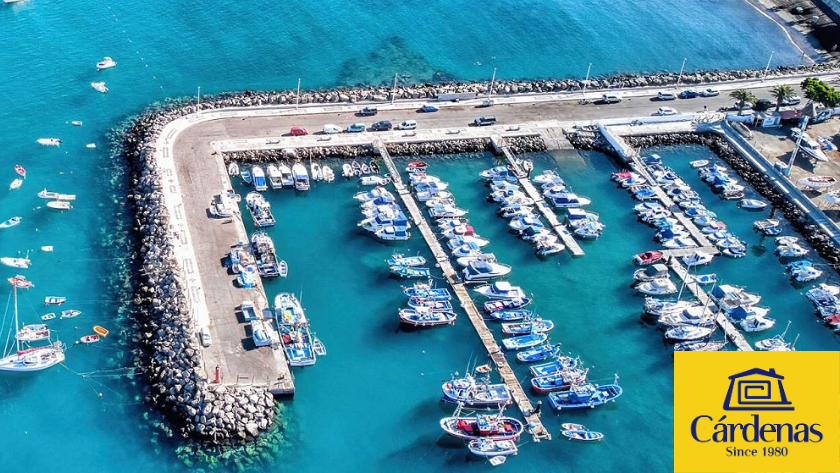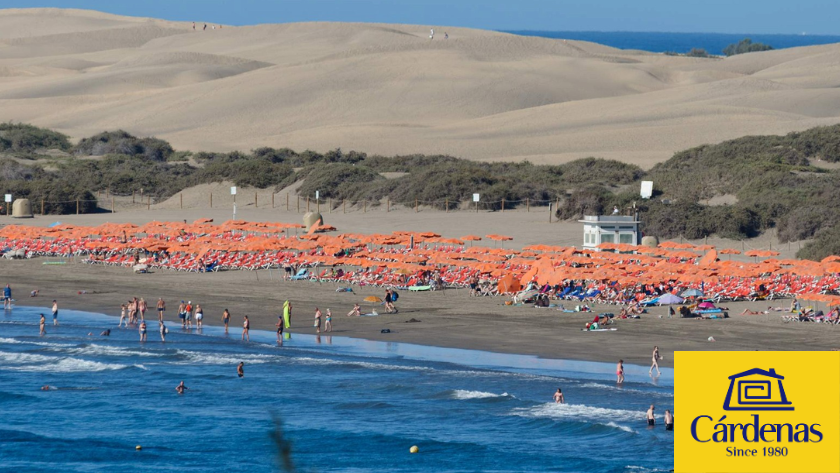Canarianism: The Little Bird That Made The Canary Islands Famous
Published in Living in Gran Canaria
Even though the Canary was named after the Canary Islands, it was the little yellow bird that took the name around the world.
Nowadays, keeping birds in small cages is now out of fashion and it’s actually quite rare to see domestic birds even in Gran Canaria. However, the wild ancestors of the bright-but-imprisoned song Canary still live free all over Gran Canaria. They may not be quite as yellow as their domesticated cousins, but they sing just as sweetly.
The wild Canary
Known as the Atlantic Canary (Serinus canaria), wild Canaries live on all the Canary Islands (a population of almost 200,000) and on the neighbouring archipelagos of Madeira and the Azores. Canaries have also escaped their cages and now live free on Midway Atoll in the northwest Hawaiian Islands.
Wild Canaries are about the size of a sparrow and aren’t quite as colourful as caged Canaries. The males have a yellow-green breast and head and a bright yellow forehead. their lower belly is whiteish and their sides streaked with brown. The females are greyer with just a hint of yellow on the head and belly.
Wild Canaries eat grass and other seeds and they love figs and small insects.
Wild Canaries live all over Gran Canaria from the sand dunes to the highest peak although they are most common in open areas such as grassland and open pine forest. They are much tougher than you’d expect and you sometimes see flocks, sometimes with hundreds of birds, right at the top of Gran Canaria above the tree line.
Males often perch on the high point of a shrub or the tip of an agave flower. They sing throughout the year but are most vocal during the spring (from January until June in Gran Canaria).
Their famous song consists of ‘melodious fluty whistles and trills, interspersed with twitters or churrs’ and can last up to 25 seconds. Males often fly up into the air while they are singing.
Where to see a wild Canary
You’ll see and hear Canaries in hotel gardens, in bushes in the Maspalomas dunes, and in garden areas of the main resorts during spring (January to June) when they breed. However, during the rest of the year they roam widely all over the island looking for food.
There are several spots where Canaries are common and where you are almost guaranteed to see them.
For example, the Pico de las Nieves viewpoint at the highpoint of Gran Canaria has flocks of Canaries flying past all the time and they birds often hang around in the bushes right by the roadside.
Another excellent spot is the picnic area at the Presa de las Niñas reservoir. The Canaries here are tame and hang around close to the toilet block because people feed them with bread and seeds.
They are also common around orchards and villages in the big barrancos in south Gran Canaria. Walk into the countryside anywhere in the Fataga, Mogán and Arguineguín valleys and you’re likely to see or hear Canaries.
Want a wild Canary in your garden? We can certainly help you to find the perfect place, then you just have to sit back in the sunshine and wait for the birds to visit.
































































